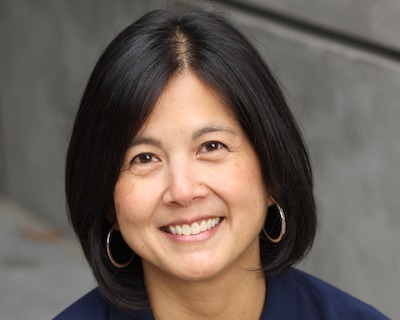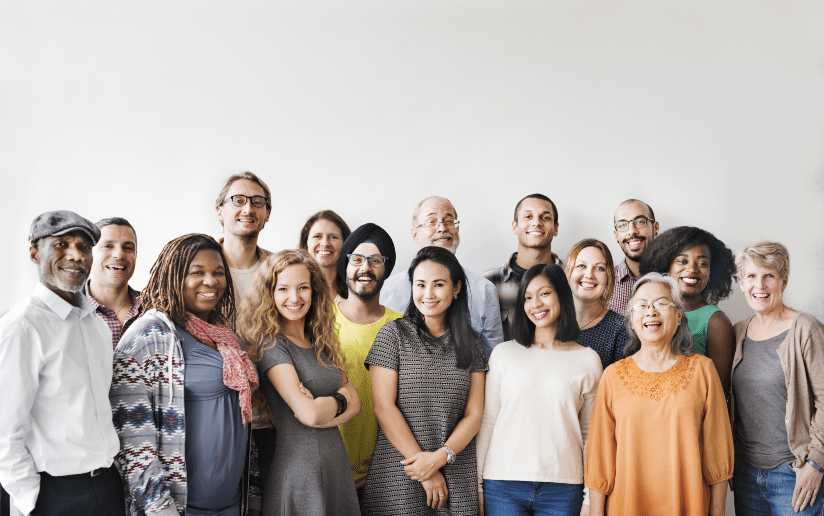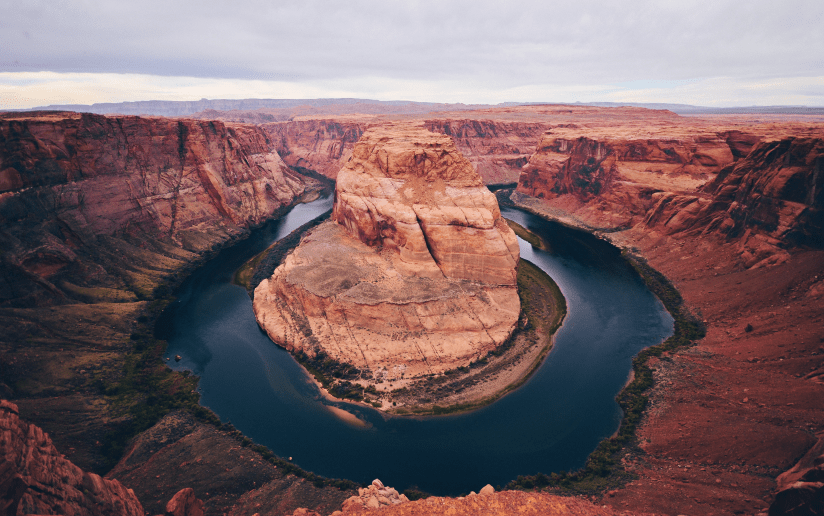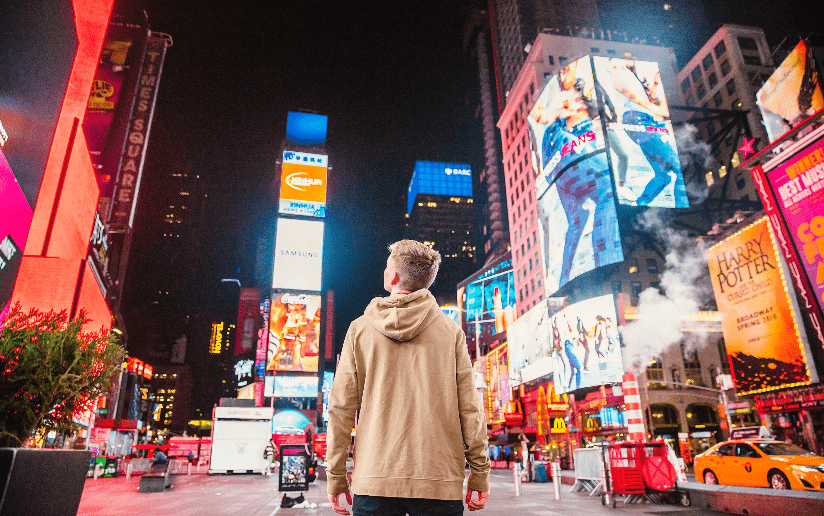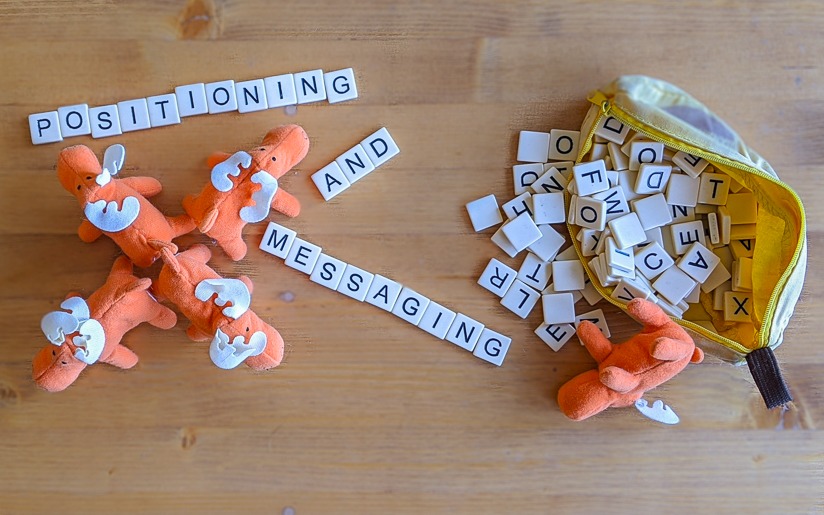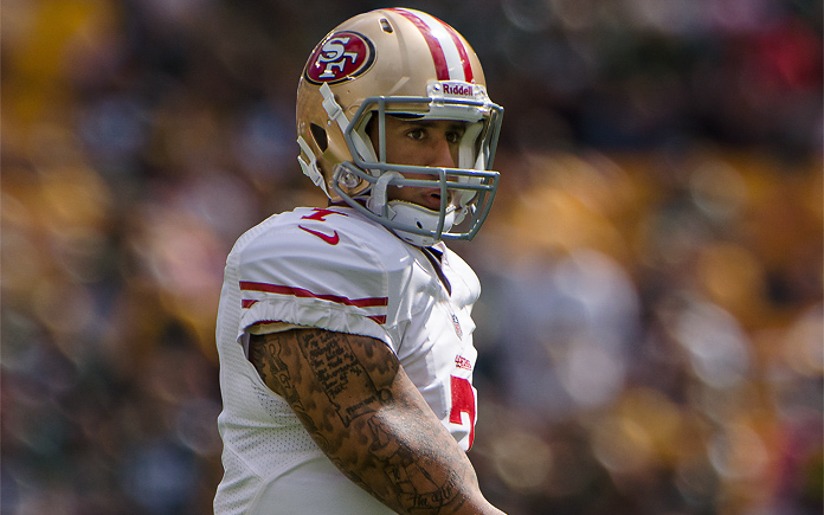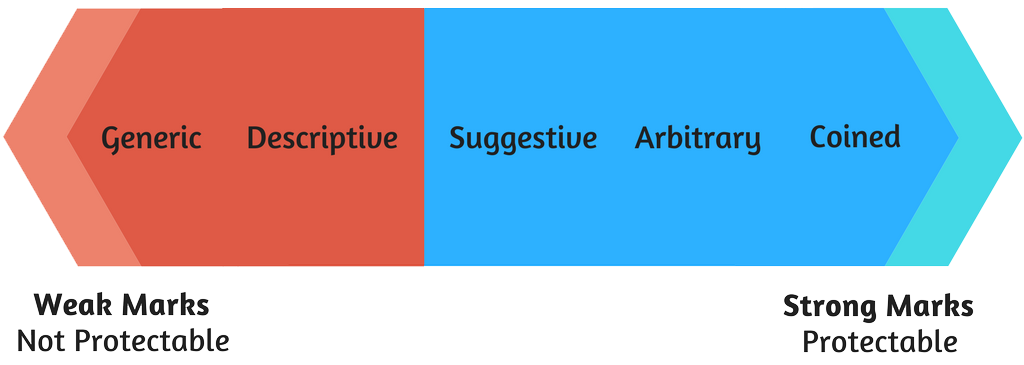
How 3 Tech Companies Do Social Good
Corporate social responsibility has evolved. In today’s world, companies need to do more than just donating to worthy causes or influencing positive environmental change. After all, there are business benefits of doing good. How do three top tech companies integrate social responsibility with core business strategy?
Leveraging Company Missions, Platforms, and People
Recently, I spoke with a few EM Marketing consultants about their interesting work on social impact teams at LinkedIn, Facebook and PayPal. Meet Jina Jin, Lana Khavinson, Azadeh Rasmussen, and Tara Verner.
While these Bay Area tech companies do social good a bit differently, there are commonalities:
- The social impact programs live in-house versus a separate company-sponsored foundation.
- It’s less about grant giving and writing checks to charities.
- It’s more about, “How can we help our greater community through the strengths of our products, platform, and employees?”
Most importantly, the social impact team missions align with the vision of the broader organization. For example:

- Company vision: Create economic opportunity for every member of the global workforce
- LinkedIn for Good’s mission: Connecting underserved communities to economic opportunity

- Facebook’s mission: Give people the power to build community and bring the world closer together
- Facebook Social Good’s mission: Empower organizations by enabling them to mobilize communities, organize events, increase fundraising and reduce costs with online tools
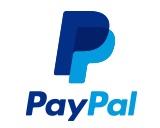
- PayPal’s mission: Democratize financial services and empower people and businesses to join and thrive in the global economy
- PayPal Social Innovation team’s mission: By transforming money, we’re powering the potential of people all around the world
Campaigns Around Moments of Giving
While leveraging platforms, these three companies do significant work around moments of giving. Heard of #GivingTuesday? Fueled by social media, it’s celebrated on the Tuesday following Thanksgiving and kicks off the charitable season, during the holidays through year-end. In 2017, #GivingTuesday raised $274 million in over 150 countries, with PayPal and Facebook as the largest processing platforms.

Indeed, as consultants for Facebook Social Good, Tara Verner and Azadeh Rasmussen played key roles in its success. Tara helped launch Facebook’s charitable giving tools in the U.S. and Europe and they both developed partnership marketing campaigns. Through #GivingTuesday, Facebook saw growth in one-day donations rise from $7 million to $45 million year over year.
Jina Jin worked as marketing consultant on PayPal’s holiday giving campaign last year. PayPal added 1% to each donation made through PayPal Giving Fund via the PayPal Giving Site in support of thousands of charities worldwide. This multi-channel consumer campaign included social media, public relations, out-of-home ads, email, and online display ads on major networks. Did it work? I’d say so. PayPal saw nearly $1 billion in charitable donations over the holidays.
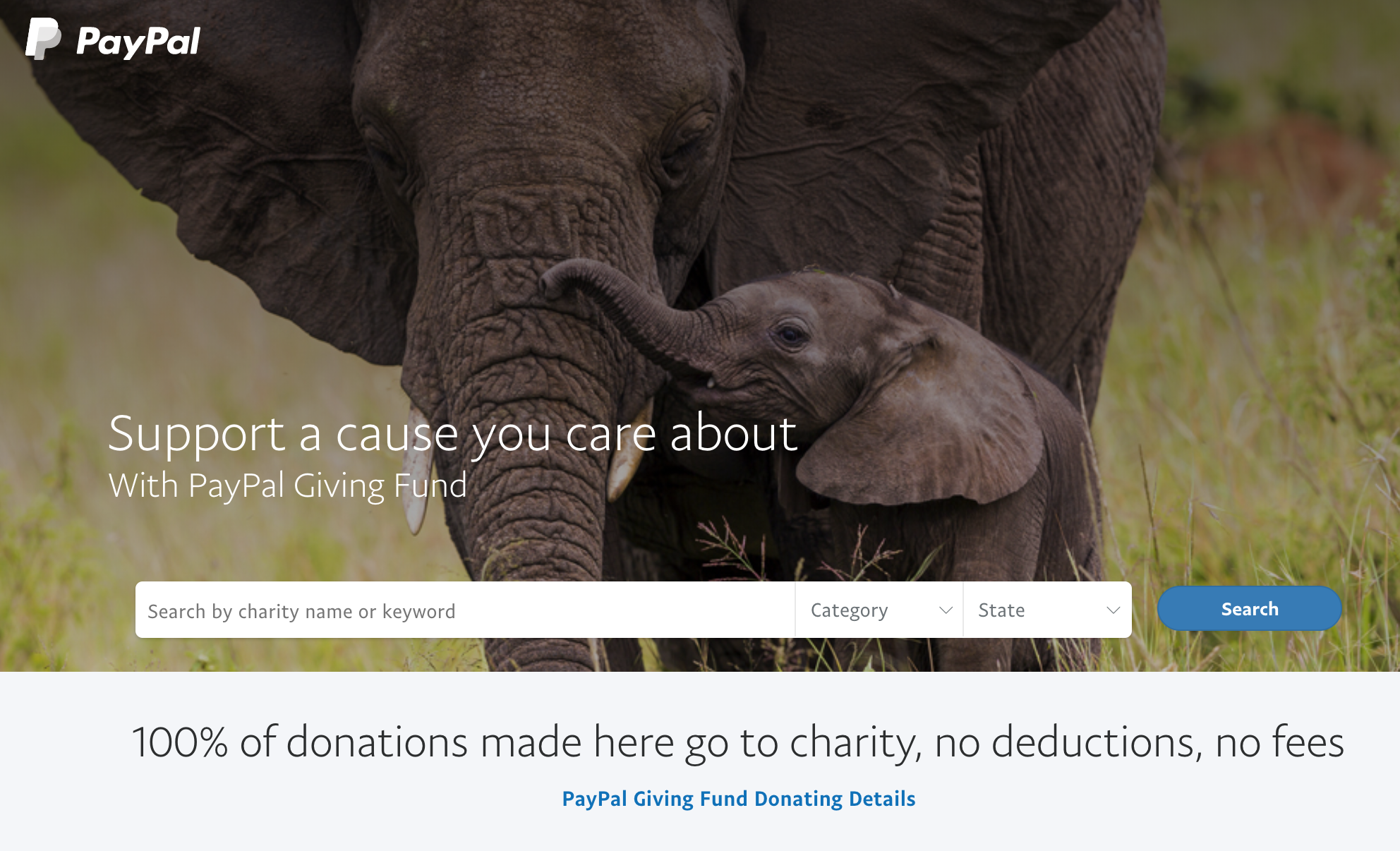
Tools to Serve the Community
After #GivingTuesday last year, Mark Zuckerberg announced several other initiatives at the Facebook Social Good Forum. One received a loud round of applause — elimination of nonprofit fees, so organizations get 100% of donations made through Facebook payments. He introduced Mentorship and Support, to connect people who may need support and advice to achieve their goals with people who have the expertise and experience to help.
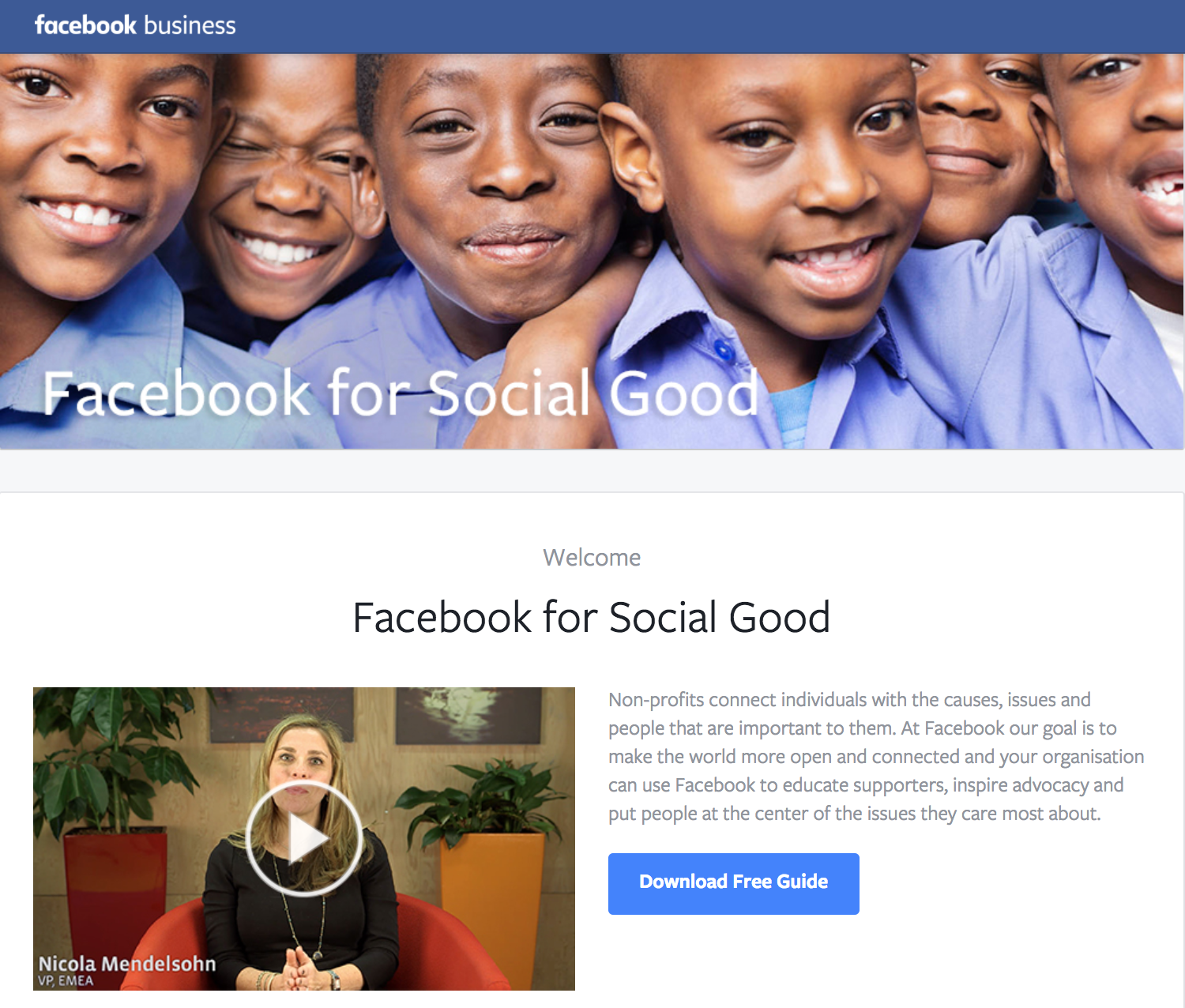
Facebook will also set aside $50 million annually to match all donations made to charitable organizations on its platform. Other tools included crisis response, such as connecting people during disasters or matching food or volunteers with people in need. And an API to share fundraisers anywhere no matter where it was started.
Similarly, PayPal gives charities an easy way to accept donations online and in-person. As part of a larger global effort, PayPal is also pursuing new ways to help individuals (i.e., two billion adults who don’t have a bank account) manage their money and improve their financial health.
People Power for Social Good
LinkedIn for Good connects underserved communities, such as youth, veterans, and refugees to people who can guide and inspire them. They provide the knowledge, skills, and opportunities to help them succeed. Has LinkedIn made an impact? They’ve touched more than 100,000 youth across 19 countries and 2.2 million veterans and service members.
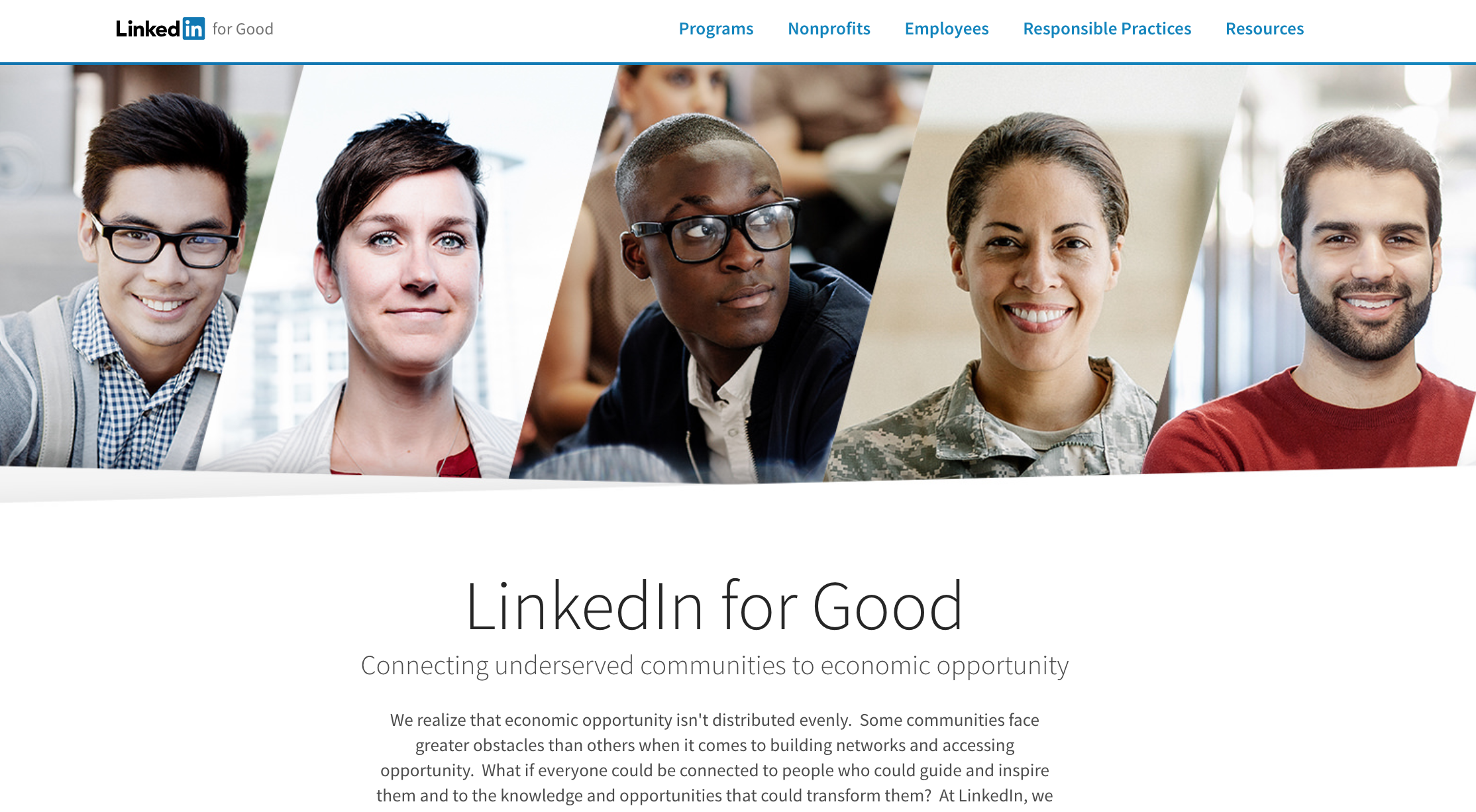
Additionally, LinkedIn realizes employees are one of their greatest assets. Each LinkedIn office partners with local youth-focused nonprofits to help young people get a strong start on their professional journeys. Who’s better to train someone on how to best use the LinkedIn network?
How Can Your Company Make an Impact?
At LinkedIn for Good, Lana Khavinson first served as a volunteer and had no experience on a social impact team. Now after running its volunteer marketplace and developing marketing programs, she has written a piece on creating a successful social impact program. What are key elements?
- Start by hiring purpose driven people.
- Identify communities that can get the greatest benefit from your company’s unique assets.
- Integrate features into the core product experience that support the mission statement and programs.
- Use marketing channels to bring the purpose driven mission, narrative, and programs to life.
Do you need help creating or managing programs so your company can impact the greater good of society? Contact EM Marketing.
